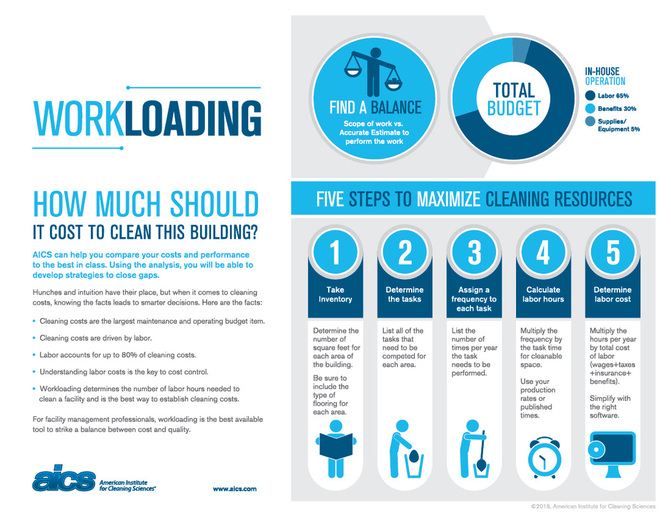What is Tire Repair?
Tire repair refers to the process of replacing a faulty tire with a new one or simply repairing a tiny puncture. While it sounds like a job anyone with two hands can handle, it’s recommended to go to a shop that specializes in repairing tires to ensure that you get your problem solved completely.
Why You May Need Your Tire Repaired?
Years ago, car owners frequently dealt with the superfluous hassle of repairing their tires due to the quality. Thanks to the manufacturers and present day technology, tires are meant to withstand even the worst conditions on the road. While this holds much truth, it is not uncommon for people to find themselves needing to have their tire(s) repaired due to weather or other hazards on the road.
How Much Will A Tire Repair Run You?
While a tire repair won’t cost you an arm and a leg, it will cost you a bit of your time. If you’re looking into having a puncture repaired on a tire, you’re looking at spending on average between $10 to $20 dollars. The size of the puncture makes a huge difference and will determine the amount you will spend on getting your tire repaired.
Important Facts You Should Know About Tires
What Process is Used When Repairing a Tire?
A tire plug is exactly what it sounds like; a sticky expandable plug that is inserted into the puncture in hopes of keeping the injury secure long enough for the tire to re-inflate with air. A patch is also pretty self-explanatory when it comes to description. Better known as a radial patch, this piece of material is used to seal up the damaged tire. Due to the heat caused by driving, the patch eventually melts into the tire completely erasing all notices of repair.
A patch is also pretty self-explanatory when it comes to description. Better known as a radial patch, this piece of material is used to seal up the damaged tire. Due to the heat caused by driving, the patch eventually melts into the tire completely erasing all notices of repair.
Most vehicles are equipped with a spare tire if you happen to be running on a flat. In some cases, you might have to go to your local car shop to purchase a tire depending on the circumstances.
The Difference Between a Plug and a Patch
While the plug takes less time and can be down without removing the entire tire in comparison to the plug, it’s more likely for a car owner to come back in a shorter amount of time for yet another repair after getting a plug opposed to a patch.
Sources:
http://www.tirereview.com/back-to-basics-1-basic-tire-repair/
https://www.carsdirect.com/car-repair/average-tire-puncture-repair-cost
http://txtire.com/blog/view/fixing-flat-tires-tire-plug-vs-radial-patch
Your Name (required)
Your Email (required)
Phone (required)
What is the best way to reach?
Phone
Email
Tire patches are a huge money maker for auto shops. They don’t require much labor, and the cost of a patch is really low compared to most other auto parts.
They don’t require much labor, and the cost of a patch is really low compared to most other auto parts.
But what is a good price to pay to get a tire patched? Well, that depends. If you patch the tire yourself, expect to spend $6.00. If you take it to the shop, you’re looking at spending anywhere between $10-$40, depending on the situation.
Patching tires yourself is always everyone’s first instinct, since the cost is so low. But many people are deterred when they find out they can’t, due to any number of reasons. Deciding when to do it yourself, versus taking it to the shop is what we’ll explore in this article along with why tire patches can be so pricey. We’ll outline the different reasons you should, or shouldn’t do it yourself. We’ll also examine the different types of patches and the pros and cons of each.
I used to work at a shop on a main highway. Every day, during rush hour traffic, at least 3 customers came in requesting a tire patch. Over the years, I’ve learned the simplicity of the tire patch can be deceiving.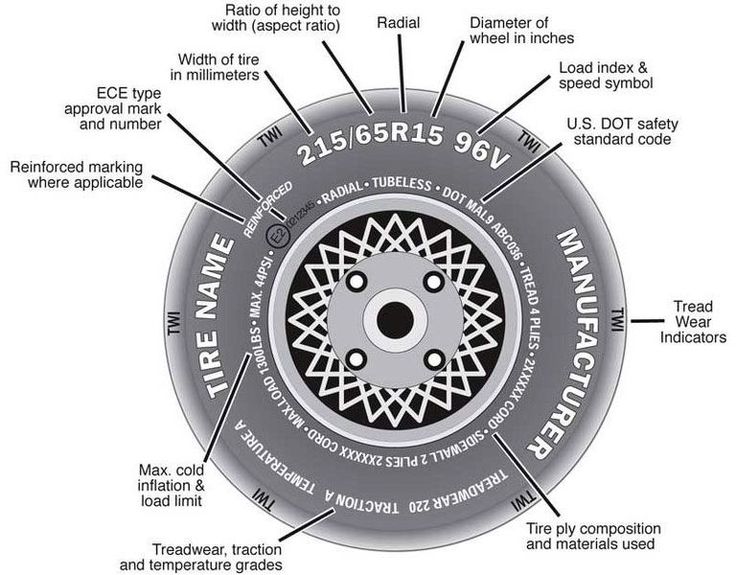 Not all tires are created equal and the same goes for patches.
Not all tires are created equal and the same goes for patches.
When a shop patches your tire, most of the cost stems from the mechanic’s time.The wholesale price of a tire patch is less than $2.00. The glob of bead sealer that’s used to seal the patch costs less than $0.10.
But it takes the average mechanic about 15 minutes to patch a tire. Most shops charge around $120 per mechanic hour, so you’re looking at $30-$40 for time and parts. If you want the tire re-balanced, as is recommended, tack on another $13.00.
While a tire patch is among the most simple jobs, it takes time away from mechanics who could be working on higher paying, more demanding jobs. Hence, the hourly rate being applied to the job.
Not all tires can be repaired. There are some tests that mechanics, or you yourself, can perform. Doing these tests will give you a good idea as to whether or not your tire can be repaired.
When your tire becomes flat, the first thing to do is not drive on it. Driving on a flat tire, even for a short amount of time, can damage it beyond repair. When a tire is operated without air, the vehicle’s weight crushes the tire’s innards turning it to dust.
Driving on a flat tire, even for a short amount of time, can damage it beyond repair. When a tire is operated without air, the vehicle’s weight crushes the tire’s innards turning it to dust.
The next thing to do is see what caused the flat. Nails directly in the middle of the tread are a common occurrence. They can be easily spotted from a distance. If you can’t see it, running your hand around the tread will reveal the location of the nail.
Tire punctures that occur within 2 inches of the sidewall are considered non-repairable. This means neither you, nor the shop, can repair this.
It’s actually against the law for auto-shops to repair tires that have punctures close to the side wall. The issue is, tire patches placed close to the side-wall often result in tire blowouts, due to the shifting nature of a tire’s sidewall to tread relationship.
A good test to measure the distance between the puncture and the sidewall is to place your thumb in that space.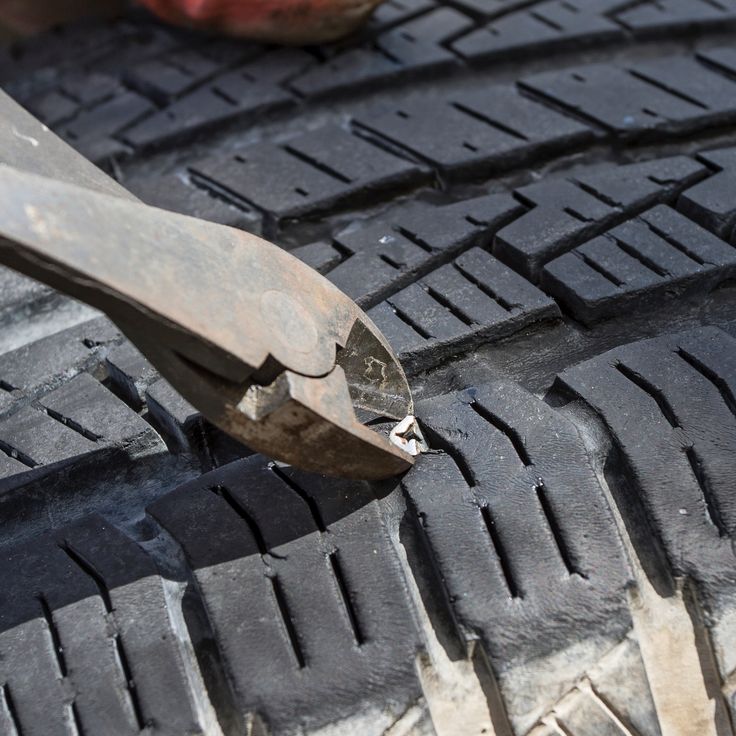 If the puncture is a thumbs width (or more) away from the side wall, you’re in the clear.
If the puncture is a thumbs width (or more) away from the side wall, you’re in the clear.
If not, sadly, it’s time for a new tire.
The length of the puncture is the next thing to look at. Most nail punctures are just as wide as the nail itself. In this case, with the puncture being so small, it’s ok to plug the tire yourself. But if the length of the puncture is 2 ½ inches or more, you cannot patch it.
You cannot patch it, or a shop cannot either. Punctures this large are not repairable, because patches aren’t meant to hold in air over that big of an area.
The inner tire liner doesn’t become fully sealed, even with the largest patches available. If your puncture is more of a gash in the tread, it’s time for a new tire.
Fully patching a tire requires you to complete the following steps.

So as you can see, the full, official way to patch a tire is quite involved. This is why you can see prices up to $45.00 for a simple patch.
If the tire has to be rebalanced, that’s around $13.00 and if it needs new valve stems, or a TPMS sensor, this can also tack on extra costs.
This patch is so effective that it saves you from having to purchase a new tire. You can enjoy the full length of the tire as if no puncture ever happened. Patching a tire can be quite the life saver when you’re in a jam.
The obvious issue here is that tire machines aren’t commonplace in the average driver’s house. So doing it yourself this way isn’t really feasible, but the method we discuss next can be done almost anywhere.
Tire plugging is a simple fix applied to various types of tire punctures. The majority of tire punctures can be repaired by doing a plug yourself.
To plug a tire, just push the plugging strip with the T-Handle in as far as it will go. Then, with all your might, quickly pull the t-handle out. This will plug the tire, and all that’s left is for you to cut the excess plugging strip away.
Tire plugging is looked down by Tire Shops because they consider it not fully seal the surface. But I’ve plugged well over 500 tires, and have never had an issue. Most independent shops are fond of tire plugging as well, since it keeps prices down for them, and the customer.
Tire plugging can be done by yourself, in your driveway. If you don’t feel comfortable doing it, call up an independent shop and ask if they plug or patch tires. Most likely, they probably offer both, but they’ll charge half for a plug, compared to what they would for a full patch.
Plugging tires, while usually a simple task, can turn into a complex issue. For example, if you plug a tire, and you can still hear a slow hissing noise, it can be a pain to hunt down the source of the leak.
For example, if you plug a tire, and you can still hear a slow hissing noise, it can be a pain to hunt down the source of the leak.
Or if you spray the whole tire down with soap in order to locate the leak, and can’t find it. You might start to question your sanity. Don’t! These issues can take up hours, even for master techs.
There’s actually a machine in some tire shops that puts the tire under water using a crane-like object from above. Even this machine still fails sometimes, and mechanics are left scratching their head. So if you start to encounter any issues of locating the leak, or plugging a leak, it’s time to take it to the shop.
If the tire is totally flat when you walk out to your car, you should be able to use your spare tire, and repair the issue at home with a plugging kit. But if you plug the tire, and it’s still leaking, take it to the shop and let them repair it.
If you are questioning the length test or edge test results, it’s also recommended that you take it to the shop. Some mechanics will say, “use double the amount of plugs”, to fix large gashes. This is wrong. If one plug can’t fix it, take it to the shop and see what you can recoup.
Some mechanics will say, “use double the amount of plugs”, to fix large gashes. This is wrong. If one plug can’t fix it, take it to the shop and see what you can recoup.
But for the majority of situations, where a nail has punctured your tread somewhere in the middle of the tread face, it’s totally acceptable to purchase a plug kit, and do the repair yourself. It will save you a couple bucks, and you will have had the opportunity to go under your car to do a quick visual inspection. Or take off the tire and glance at the brake pads.
Author: Evgeny Balabas
Repairing a tire with a tourniquet is akin to a game of truth or dare. Pravda speaks of the unreliability and sometimes even the danger of do-it-yourself express wheel repairs. Well, "action" allows you to take risks in order to achieve the desired result. What to choose?
Pravda speaks of the unreliability and sometimes even the danger of do-it-yourself express wheel repairs. Well, "action" allows you to take risks in order to achieve the desired result. What to choose?
The technology of tubeless tyre's flagellum repair itself is very old. She was known abroad, and even in the USSR almost half a century ago. However, it spread massively (namely massively) among Russian car owners and hit the shelves of car dealerships only in the mid-2000s. Nevertheless, not all drivers are personally familiar with it even to this day, after a decade and a half. Many of those who are familiar theoretically have never put it into practice. And a huge number of drivers, having seen enough videos on the Internet, are afraid to use it ... Let's try once again to return to this seemingly repeatedly chewed story and dot the i's on the issue of flagellar repair. We have already described the process itself in the material on how to repair tires, so let's move on to common myths and useful tips.
Myth one
Installing a harness permanently damages the wheel
A powerful misconception, widely disseminated. Its proponents claim that the helical awl to prepare the hole "breaks the cords, thereby creating a weakened zone in the tire."
This legend is refuted quite simply. Since it is opposed to “correct repair” in the form of installing a “mushroom” with wheel disassembly and subsequent balancing, one should refer to the documents of companies that produce “mushrooms” and the regulations for their use. In these documents, you can find out that the processing of the hole and thus the spiral awl (which is used as an indicator of the angle of the puncture channel with respect to the plane of the tire surface, which is important when installing the "fungus"), and even with a drill-cutter installed in the spindle of a low-speed pneumatic - or electric drills - these are frequent steps in the installation process of the "fungus"! That is, the same measures take place as during the installation of the flagellum, and often even more aggressive! This happens because the tire does not experience critical damage from the preparation of the hole by probing and reaming it, and the cord is either not damaged at all, or it is damaged negligibly little, which is covered by the safety margin of the tire. Yes, it is possible, on wheels with maximum speed indexes (which are operated at such speeds), and for cars operated in really sporty conditions in track conditions, even such minor changes in the structure of the tire make a difference. But for the majority of ordinary car owners, the conditional harm from a quick repair with a flagellum is no higher than the harm from a more complex and expensive repair with a “fungus” with wheel parsing.
Yes, it is possible, on wheels with maximum speed indexes (which are operated at such speeds), and for cars operated in really sporty conditions in track conditions, even such minor changes in the structure of the tire make a difference. But for the majority of ordinary car owners, the conditional harm from a quick repair with a flagellum is no higher than the harm from a more complex and expensive repair with a “fungus” with wheel parsing.
Myth 2
Flagella are installed only with glue
The need to use special glue (also called “activator glue”) when using the flagella repair method is a question on which many copies have been broken on the Internet, and a final answer has not been found ... The misunderstanding is mainly generated by the fact that both repair kits are sold, which are completed with a tube of glue, and kits without glue. Accordingly, in the instructions for the first, there is a clause on the use of glue, while the second does not. This could be attributed to different compositions of flagella, but the flagella are the same, the simplest butyl rubber ones.
In fact, the process of sealing a puncture with a butyl rubber band does not require glue for the so-called activation. The main role of glue here is not sealing, but lubricating. In the case of tires with high rigidity or a large thickness of the rubber-cord layer, even the strength of an adult male is often not enough to push the awl dry with a flagellum. The glue acts as a lubricant, and the flagellum enters the hole relatively easily.
In other words, the repair with flagella in the absence of glue is an absolutely working scheme. The main thing is to have enough hand strength - for summer tires with an elastic compound and for almost all winter tires, there is usually enough strength. If the flagellum does not enter, although you lean on the awl handle with all your strength and mass, lubrication is necessary.
Myth 3
Flagella - a temporary solution
Tire repair flagella are produced by countless rootless Asian manufacturers. But in their instructions you will not find a word that after you got home on a wheel plugged with a flagellum, you need to go to a tire shop to seal the puncture in a full-fledged way - from the inside, “fungus”, with a complete analysis of the wheel. But in the recommendations of major international brands that produce consumables for tire service, this can be surprisingly found. Actually, this information, pilfered over the Web, served as the source of the myth about the unreliability and temporary essence of flagellar repair.
But in the recommendations of major international brands that produce consumables for tire service, this can be surprisingly found. Actually, this information, pilfered over the Web, served as the source of the myth about the unreliability and temporary essence of flagellar repair.
This myth has no absolute technical justification. Of course, a full-fledged “fungus” repair guarantees a more stable result, but the flagellar method is also reliable enough that the wheel can last for years. The strength of such a patch does not degrade over time. And the cautious recommendation of large manufacturers of materials for tire repair is quite understandable: firstly, they are used to reinsuring themselves with or without reason, and secondly, they are interested in stimulating demand for the entire range of their products. According to the plan of their marketers, the car owner who punctured the wheel will first use the flagellum in the field, and then, returning to civilization, will pay for work and consumables at the tire fitting.
How to improve the DIY flagellum repair kit?
Classic field tire repair kit includes two awls with T-handles (preparatory spiral + working with an eye), as well as a “clip” of 5-10 flagella, protected during storage by plates stuck on them on both sides rigid polyethylene. However, even with such a set, you can suddenly find yourself in front of an unpleasant fact: the wheel cannot be repaired, even if you do it not for the first time and have the skills ... To make the set fully functional, you can slightly supplement and improve it.
First and most important: Seal the flagella with tape during storage. After about a year of storage in the trunk, the flagella lose their elasticity of the upper layer and, being installed in accordance with all the rules, poison the air. You need to store them by pasting them with ordinary tape on four sides of the standard protective film to isolate from the air. And even despite this, it’s not bad to refresh a set of flagella once a year, since they are not too expensive.
Second: put a half liter PET bottle and an additional stopper with a small hole into the set. Pour antifreeze windshield washer fluid into a bottle and add half a teaspoon of dishwashing detergent. This "device" will allow you to find the place of air leakage through the soap suds, if the puncture is not detected by the naked eye. By shaking the bottle and screwing a cork with a hole on it, you can pour soapy liquid over the surface of the tire in search of bubbles. We use anti-freeze instead of water so that the solution retains its consistency in the cold.
Third. "Activator Glue", which was discussed above, is sometimes highly desirable - albeit not as an adhesive, but, as mentioned above, as a kind of lubricant. But even if it is present, an unpleasant surprise is not ruled out - it can dry out or leak out. If you do not have an "activator glue" or you are not sure of its condition, add a miniature container of gasoline to the kit, which can be used to moisten the flagellum if necessary.
Fourth. If you don't carry a utility tool chest with you, add small side cutters or a mini multi-tool with built-in pliers to your repair kit. Such a tool is necessary to extract from the puncture site what caused it.
Fifth. Add a small utility knife to the kit (a 9 mm narrow blade is enough) to cut off the ends of the flagellum after it has been inserted into the splint.
This "complemented and improved" set allows you to conveniently repair a tire with a tourniquet at any time of the year without outside help and loss of time.
tires and wheels repair repair and maintenance
Articles / History A 45-year-long holiday: we see off the Ford Fiesta, remembering its brightest achievements Fiesta for Ford is almost the same iconic model as, for example, Golf for Volkswagen. After all, for more than 45 years, more than 16 million copies of seven generations have been produced. Alas,... 376 one 0 03.12.2022
After all, for more than 45 years, more than 16 million copies of seven generations have been produced. Alas,... 376 one 0 03.12.2022
Articles / Exhibitions We should ride them: novelties of the international bus exhibition Busworld 2022 From November 29 to December 1, the international exhibition of buses Busworld 2022 was held in Moscow. Of course, MAN, Volvo, Scania and all the rest did not take part in this exhibition for obvious reasons... 960 0 four 02.12.2022
Articles / Practice ATF, PSF and three different colors: what to fill in the hydraulic booster and what can be mixed Unfortunately, power steering fluid is usually remembered in two cases: when the pump is already dying and starting to howl, or if it has leaked somewhere. In a good way, of course, she also needs me ... 742 one one 02.12.2022
In a good way, of course, she also needs me ... 742 one one 02.12.2022
Test drives / Test drive Haval Dargo vs Mitsubishi Outlander: the dog is barking, the stranger is coming In the Haval dealership in the south of Moscow, life is in full swing: buyers look at cars, communicate with managers and sign some papers. While I was waiting for the test Dargo, the same cross... 18016 7 205 13.09.2022
Test drives / Test drive Motor from Mercedes, emblem from Renault, assembly from Dacia: test drive of the European Logan 1.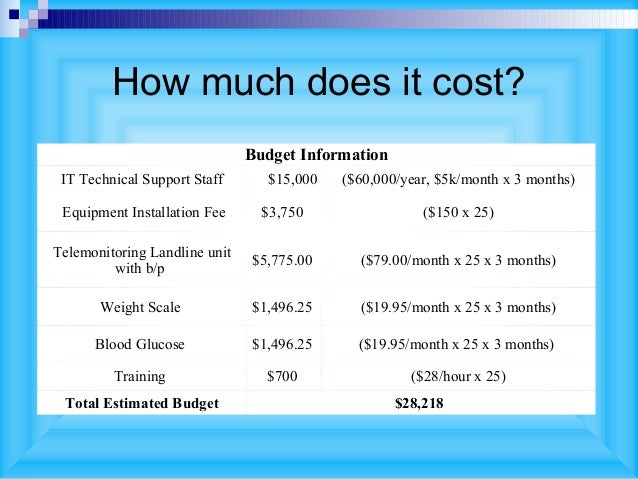 0 It would seem that what's new can be told about the second generation Renault Logan, known to every Russian taxi driver, as they say, up and down? However, this car has... 14467 ten 41 08/13/2022
0 It would seem that what's new can be told about the second generation Renault Logan, known to every Russian taxi driver, as they say, up and down? However, this car has... 14467 ten 41 08/13/2022
Test drives / Test drive Geely Coolray vs Haval Jolion: Free Cheese? If! Do you want to buy a car today with a full warranty, on credit at an adequate rate, without wild dealer markups? Now this is still a task, because a full-fledged chain of "representation - s... 11679 26 thirty 08/10/2022
Tire fitting is a common service in Syzran and there are a lot of specialized centers, as well as various "trailers". Despite this, in spring or autumn, when the season comes, large queues of car enthusiasts line up at tire shops. But, unfortunately, professional tire fitting in Syzran is not performed in all car services. And here, motorists should understand that not only the comfort when driving a vehicle, but also the safety of movement on it depends on how competently the tire fitting work is performed. The quality of the functioning of the entire chassis of the car also depends on the balancing of the wheels.
Despite this, in spring or autumn, when the season comes, large queues of car enthusiasts line up at tire shops. But, unfortunately, professional tire fitting in Syzran is not performed in all car services. And here, motorists should understand that not only the comfort when driving a vehicle, but also the safety of movement on it depends on how competently the tire fitting work is performed. The quality of the functioning of the entire chassis of the car also depends on the balancing of the wheels.
Tire fitting in the tuning center "Madis" is:
Tire repair depends on the type of damage the tire has received. All tire damage is usually divided into three broad categories: punctures, cuts and swelling. Each of these types of damage requires a different type of repair.
All tire damage is usually divided into three broad categories: punctures, cuts and swelling. Each of these types of damage requires a different type of repair.
A puncture is the main trouble that can occur on the road. The cause of a puncture can be nails, screws, pieces of metal, which are scattered in large numbers on our roads. Auto shops have a huge amount of tools for self-repair of punctures. Basically it's harnesses. Therefore, some car owners believe that independently repairing a tire is enough for further driving. However, the harnesses that are being repaired deform over time, and the wheel begins to let air through at the most inopportune moment. Therefore, self-repair of the tire should be regarded as a temporary solution and at the first opportunity you should call in a tire shop and put a permanent patch on the puncture site. After applying the patch, it is desirable to balance the wheel.
Wheel side cut is a very serious tire damage with broken cords.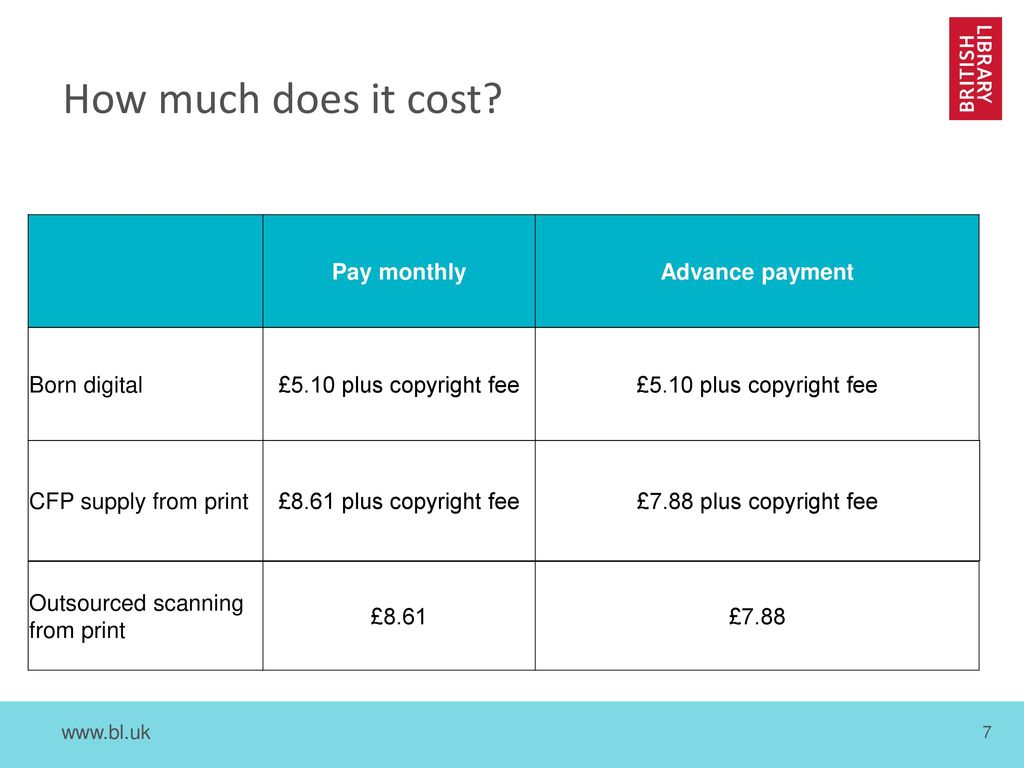 However, repairing a tire with minor cuts is possible. Although the tire at the site of the cut becomes more vulnerable to external influences, and very often a new cut occurs precisely at the site of the repaired one.
However, repairing a tire with minor cuts is possible. Although the tire at the site of the cut becomes more vulnerable to external influences, and very often a new cut occurs precisely at the site of the repaired one.
Repair of cuts in tire requires special equipment and is carried out by the method of hot vulcanization of rubber, followed by the application of a reinforcing patch. The edges of the cut are processed with a special tool and coated with a special compound. After that, the cut of the tire is densely filled with raw rubber and vulcanized. With this method of repair, the tire must be warmed up on both sides. After such a repair, the wheel must be balanced.
Bloating is a cord defect that results in a protrusion at the defect site, which is popularly referred to as a "hernia". Hernias can appear both with a factory defect in the tire and with a cord rupture from a strong impact of the wheel on any obstacle, as well as with prolonged use of rubber.